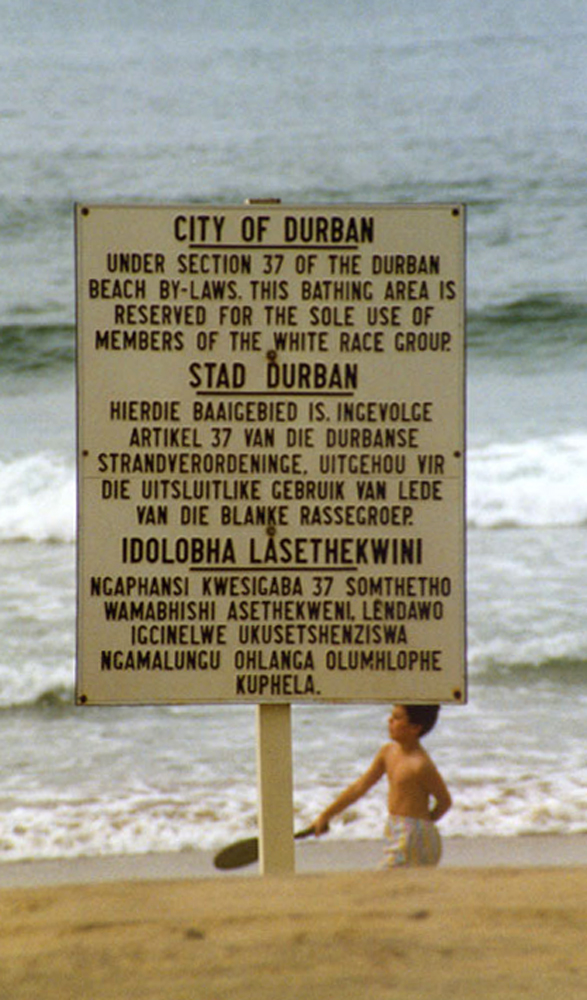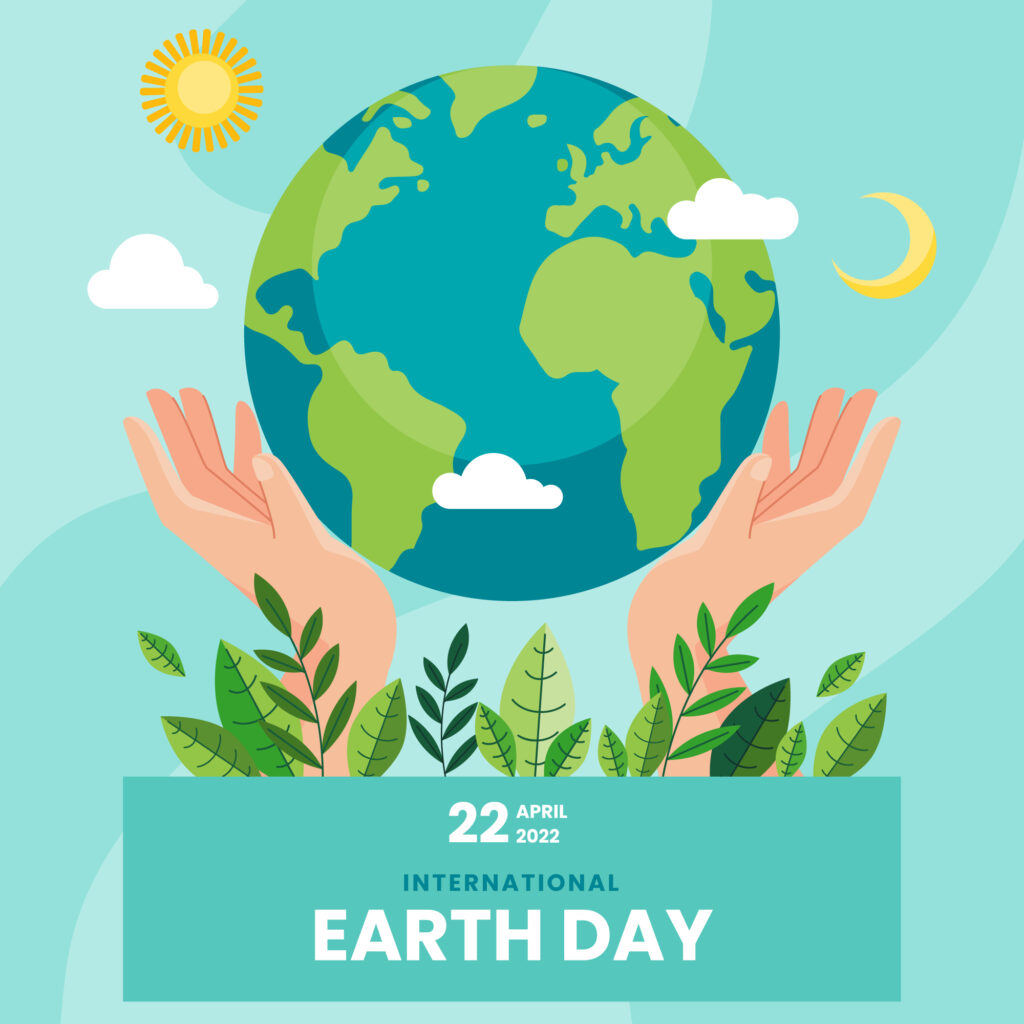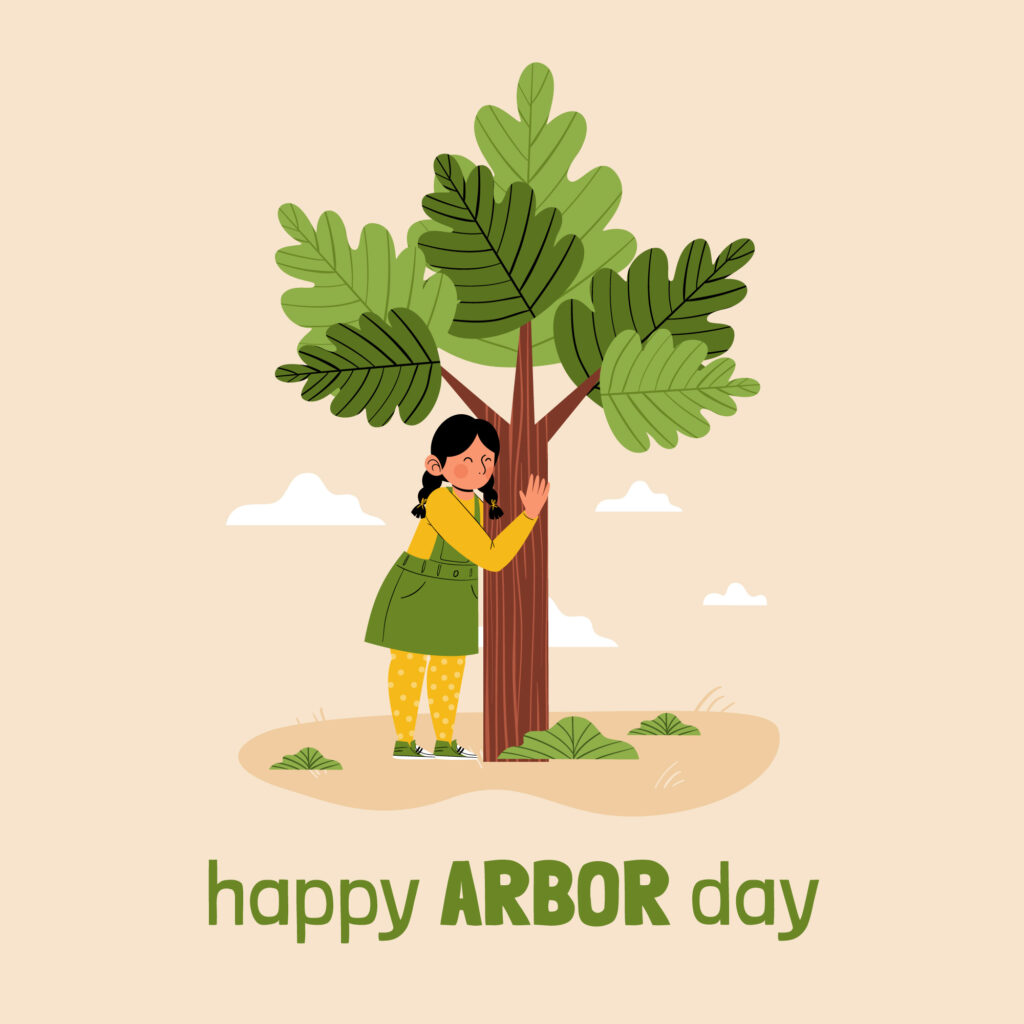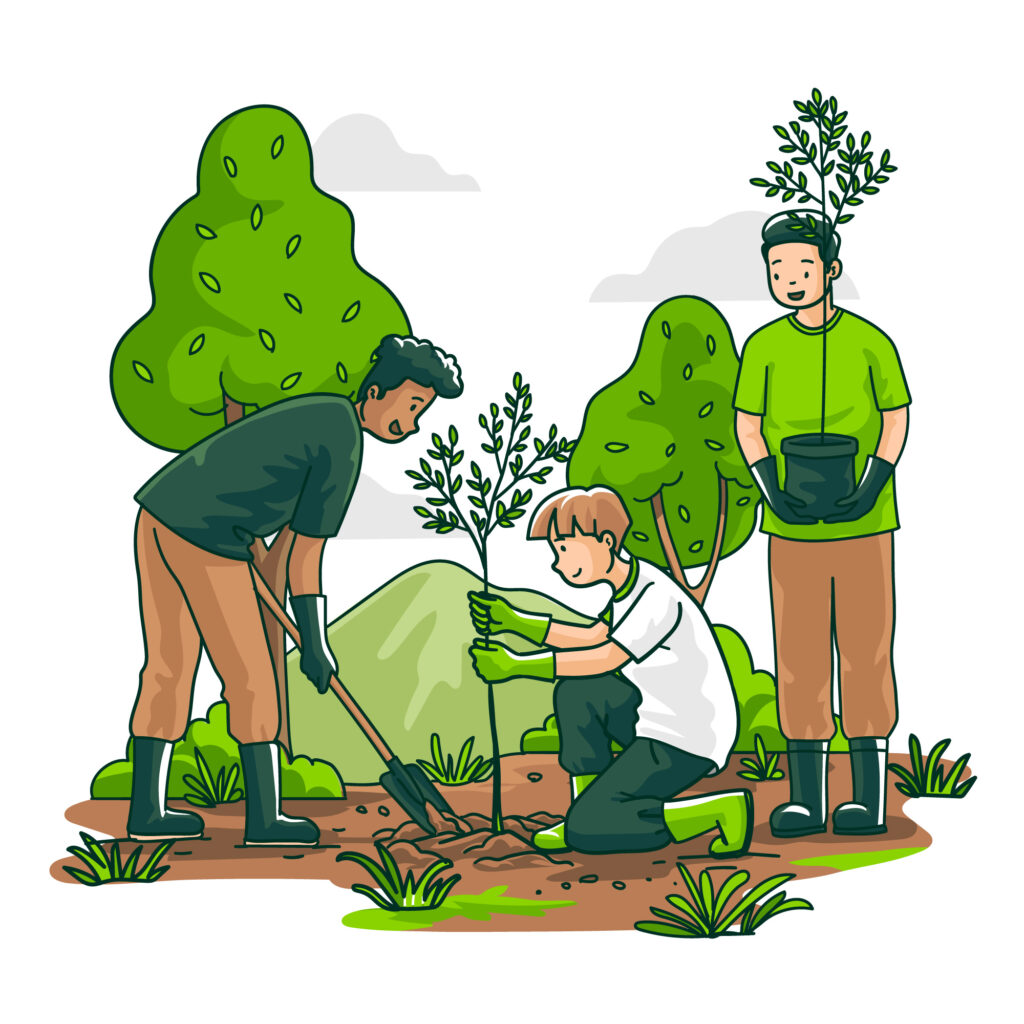April, being the first full month of spring, has many events. Some of them have been discussed in previous years’ posts (2021, 2022). This year, the main discussion will be South Africa’s Freedom Day, 4/27, which marks the end of apartheid and the anniversary of the first democratic election in that country to feature universal suffrage (every adult citizen could vote). In addition, two topics that are often underappreciated by the U.S. — Canada and the environment — will also feature in this month’s post.
South Africa & Apartheid
“In Germany, no child finishes high school without learning about the Holocaust. Not just the facts of it but the how and the why and the gravity of it—what it means. As a result, Germans grow up appropriately aware and apologetic. British schools treat colonialism the same way, to an extent. Their children are taught the history of the Empire with a kind of disclaimer hanging over the whole thing. “Well, that was shameful, now wasn’t it?” In South Africa, the atrocities of apartheid have never been taught that way. We weren’t taught judgment or shame. We were taught history the way it’s taught in America. In America, the history of racism is taught like this: “There was slavery and then there was Jim Crow and then there was Martin Luther King Jr. and now it’s done.” It was the same for us. “Apartheid was bad. Nelson Mandela was freed. Let’s move on.” Facts, but not many, and never the emotional or moral dimension. It was as if the teachers, many of whom were white, had been given a mandate. “Whatever you do, don’t make the kids angry.”
― Trevor Noah, Born a Crime: Stories From a South African Childhood
The most important topic to address in this month’s post is the end of apartheid in South Africa, which is celebrated on April 27th as Freedom Day.
Apartheid occurred from 1948 to the early 1990s. What is apartheid?
Apartheid, which literally translates to “aparthood” and means “segregation,” was a government policy in South Africa and part of (what is now) Namibia. It was imposed by a Dutch Afrikaans population under a British colonial government. Essentially, the policy sought to separate the local African populations by tribal and language affiliation, giving each tribe a small area of land, forcing them to segregate by tribe, and encouraging tribal rivalries and conflicts. Black South Africans were not allowed to remain where they were living at the start of the policy; they had to move to those assigned lands.
As a result, the Dutch Afrikaans minority became the largest minority group and was able to retain political power for several additional decades. During this period, they gave inferior and discriminatory treatment to Black, Indian, or “colored” (mixed-race) citizens, as compared to white citizens. For example, voting rights were severely restricted by legislation in 1951, and starting in 1969, only white citizens were able to vote.
Due to the arbitrary, appearance-based definitions of the four groups, sometimes members of the same family were classified into different groups. East Asians were also varyingly classified as “colored” or “white,” depending on the biases of the government officials and policies. For example, the apartheid government had strong international relations with Japan, South Korean, and Taiwan, so immigrants with these nationalities were classified as white. However, people of Chinese nationality or descent were classified as “colored”. It was illegal for people of Black, Indian, “colored,” or white classification to have children with someone of a different classification.
Many peaceful protests of apartheid were collectively known as the Black Consciousness Movement (as mentioned in the MLK post two months ago, led by Steve Biko). Other organizations also got involved, including the Catholic Church, through local leaders such as Desmond Tutu. Black South African politicians who lobbied for the end of apartheid, such as the later-president Nelson Mandela, were arrested and sent to prison for their activism against state policies.
Apartheid legislation was abolished in 1991, and the practice fully ended in 1994 following the presidency of F. W. de Klerk, a white leader who chose to (1) make Black political activism and civil rights groups legal again, (2) release Nelson Mandela from prison, and (3) give all adult citizens the right to vote. The resulting 1994 elections led to the presidency of Nelson Mandela.


Links to more information: Wikipedia, Britannica, South African History, History.com
“The genius of apartheid was convincing people who were the overwhelming majority to turn on each other. Apart hate, is what it was. You separate people into groups and make them hate one another so you can run them all.”
― Trevor Noah, Born a Crime: Stories From a South African Childhood
Canadian Culture
Canada is also a former European colony that fully gained its freedom from the U.K. government in the late 20th century (technically), but Canada’s population is heavily skewed towards European immigrants (and their descendants) who actually like their U.K. cousins, so its change was more of a peaceful technicality than a revolution. In fact, although Canada was not fully constitutionally independent until April 17th, 1982, the holiday called Canada Day (July 1st) still celebrates the country’s anniversary of “Dominion of the U.K.” status in 1867, not its independence from the U.K.
Canada’s cultural ties to Western Europe can be seen in two minor holidays that it celebrates in April. 4/6 is National Tartan Day, a holiday that started in Canada and recognizes the diversity and importance of traditional tartan fabrics and clothing. (Tartan is most commonly associated with Scotland, although it appears to have generally Gaelic origins and can be found in other parts of the U.K. and among the British diaspora.) 4/11 is National Poutine Day, a day that recognizes the popular French Canadian dish of French fries, cheese curds, and meat gravy. Together, these two dishes represent the British and French heritage of modern Canadian culture.


The Environment
Last but not least, there are two important environmental holidays in the month of April.
- Learn more about the environment of South Africa: geography and climate, state of the environment
- Learn more about the environment of Canada: description of environment, government resources
The first is Earth Day, which is celebrated on 4/22 each year. Earth Day acknowledges the value and importance of the natural world and its unique ability to provide for humanity. Earth Day invites people to appreciate the natural beauty and resources that the planet provides, encouraging people to protect and preserve their surrounding ecosystems. Some people engage in peaceful protests, holding posters that say “Save the Earth” and other slogans, or use the day to engage in conscious reflection of their consumption habits.

Arbor Day, which is celebrated on the last Friday of April (4/28 this year) specifically recognizes and celebrates the importance of trees in the ecosystem. Trees help the Earth in many ways: They absorb CO2 and other greenhouse gases, provide shade to help cool the earth in the summer, filter underground water with their roots, and provide food and habitat sources for humans and many other species.

A common tradition on Arbor Day is to plant trees.
